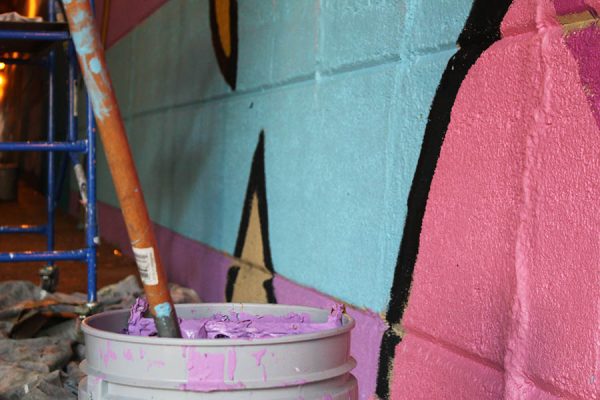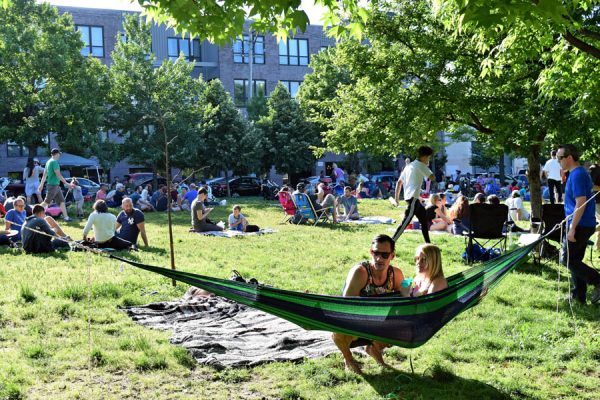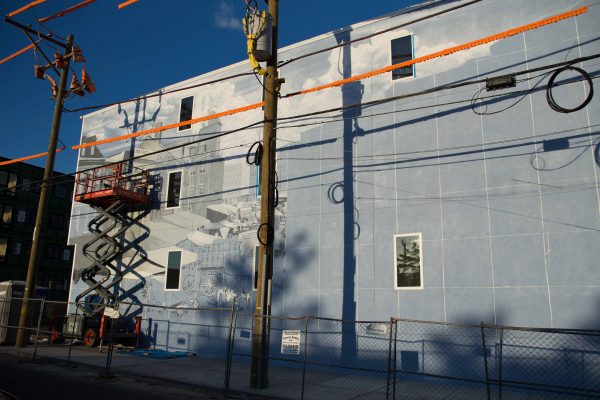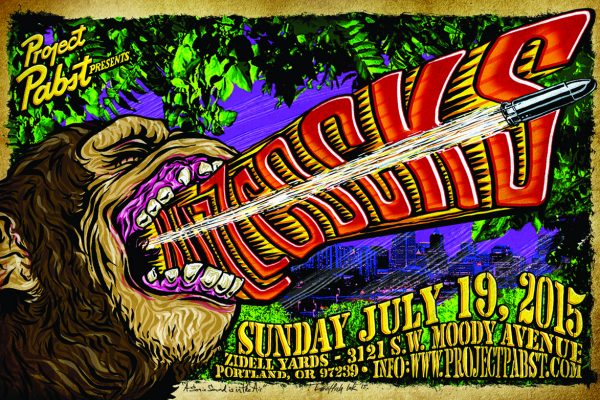Know Your History! John Coltrane’s Strawberry Mansion Home
April has been Jazz Appreciation Month, so in honor of the truest of American art forms, we’d like to shed some light on a man who redefined the genre while living in a home in Strawberry Mansion.
John William Coltrane was born on September 23, 1926 in Hamlet, North Carolina. He died on July 17, 1967 at the age of 40 in Huntington, New York. However, it was in Philadelphia that Coltrane had unwittingly landed in the perfect place to develop his art, which helped him to become one of the most important musicians in jazz music’s history.
At the age of 16, Coltrane left North Carolina and moved to Philadelphia after the death of both of his grandparents, aunt, and father (who played several instruments, sparking an interest in music) all within a few months of each other. He lived with his mother, aunt, and cousin in small quarters. Within two years of getting his first saxophone in 1943, John was playing paid gigs around the city, whose “rich and varied black jazz milieu…nurtured and schooled the novice teen reed player.”
In addition to playing his saxophone, Coltrane played the clarinet and the alto horn while studying music theory and composition. He was influenced by the best jazz musicians in the country, since Philadelphia was a frequent hangout and performance location for the industry. Just as Coltrane was beginning to attain success in music, he decided to join to the Navy in 1946 to evade an army draft during World War II. While serving his country, he was able to pursue his passion and play in the U.S. Navy Band in Hawaii.
With his G.I. Bill, at the age of 26, Coltrane relocated his mother, aunt, and cousin to a new house in Strawberry Mansion in 1952. In contrast to the small domain they had in a poor part of the city, this house was in a neighborhood of “well-to-do middle-class families.” His house at 1511 N. 33rd Street is currently being reconditioned by teachers, historians, musicians, and others to become a historic house museum open to the public. The John W. Coltrane Society opened The John W. Coltrane Center next to the house in 1998, and in 1999 his house at 1511 was declared a National Historic Landmark.
The significance of this address is deeper than merely being the place that Coltrane called home for the longest continuous span of time during his musical career, and it is deeper than being the home during his first three albums. It was in this house that scholars say “Coltrane singlehandedly transformed jazz from its media imposed identity… to something romantically, even divinely artistic, inspired by something pure.”
Coltrane had success in the late 1940s playing with Charlie Parker, Eddie Vinson, and Jimmy Heath, before establishing a dependence on heroin sometime in the early-to-mid 1950s, around the time he began performing with Dizzy Gillespie’s band. It was on Dizzy Gillespie’s March 1, 1951 record, “We Love to Boogie”, that Coltrane recorded his first solo in a song.
Due to addiction, Coltrane became undesirable to work with by some individuals. Johnny Hodges, a member of Duke Ellington’s band, hired Coltrane in the Spring of 1954, but fired him by September because of his ailment. By the following year, however, Coltrane got his big break when Miles Davis (a former drug user) employed him as a member of his band. Coltrane and Davis played alongside “pianist Red Garland, bassist Paul Chambers, and drummer ‘Philly’ Joe Jones.” This band created five albums together that were released over the next six years, although many were completed much earlier than their release dates.
Oppressed by heroin, Coltrane unsuccessfully attempted to give up his dependence in 1956. His failed effort forced Miles Davis to fire him a few months later. Because of the band’s success, Davis re-hired Coltrane, but then fired him again after six months. In between the multiple Davis-firings, Coltrane signed onto the same label as Davis, Prestige.
Because of constant friction caused by his heroin difficulties, Coltrane began recording solo music, which gained him a great deal of success. Finally, after years of heroin use, John decided to face his problem head-on in 1957. He needed to conquer this battle on his own by secluding himself in the second-story bedroom of his house in Strawberry Mansion.
One can ascertain that Coltrane secluded himself at some point between the months of April and July, because this was the time in between his last interaction with Miles Davis (when he was fired) and the beginning of Coltrane’s time performing with Thelonious Monk in New York.
Coltrane sat in his bedroom for five straight days without seeing another human being. He did not use any heroin. He did not eat any food. The only substance that entered his body in those five days was water. Not only did Coltrane overcome his heroin troubles, but he also discovered his faith in God. From that point forward, Coltrane’s music was “set as a means to honor the Supreme.” In fact, Bishop Franzo King shared a similar spiritual “awakening” while listening to A Love Supreme in San Francisco in the 1970s, which inspired him to create the Saint John Coltrane African Orthodox Church.
After Coltrane successfully overcame his conflict with heroin, he and Miles Davis worked together again the following year. John moved to New York in 1958, and moved to his final home in Long Island in 1964. Coltrane has recorded music over a hundred times, as a solo artist and as a sideman. John married his second wife in 1966, with which he had three children. In 1967, John William Coltrane died of liver cancer. His sudden death was a surprise to many, including those in the music industry, as he kept his illness a secret. Following his death, his mother lived in the N. 33rd St. house until she passed away a decade later. His cousin lived in the house from then until 2004 when she sold it “with the request that it remained a John Coltrane tribute.”
John Coltrane received the following honors for his work: Certified Gold Record A Love Supreme in Japan in 1972, Grammy Award for “Best Jazz Solo Performance” for Bye Bye Blackbird in 1982, Commemorative Postage Stamp in 1995, Grammy Award for “Lifetime Achievement Award” in 1997, Street named after him in Universal Studios for his influence on cinema in 1999, Certified Gold Record for A Love Supreme in the United States in 2001, Song My Favorite Things recognized by the NEA and RIAA as one of the best 360 songs of the century in 2001, and a Special Citation from the Pulitzer Prize Board for his lifetime of innovated and influential work in 2007.
Information for this article came from Sam Samuelson’s Review on Allmusic.com, Johncoltrane.com, Johncoltranehouse.org, Medium.com, Newsweek.com, Richard Brody’s Article on Newyorker.com, Npr.org, and Pitchfork.com.









